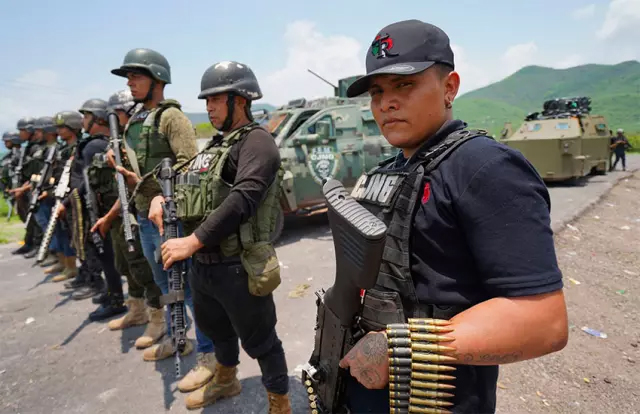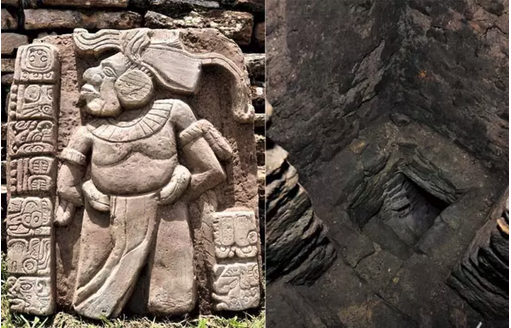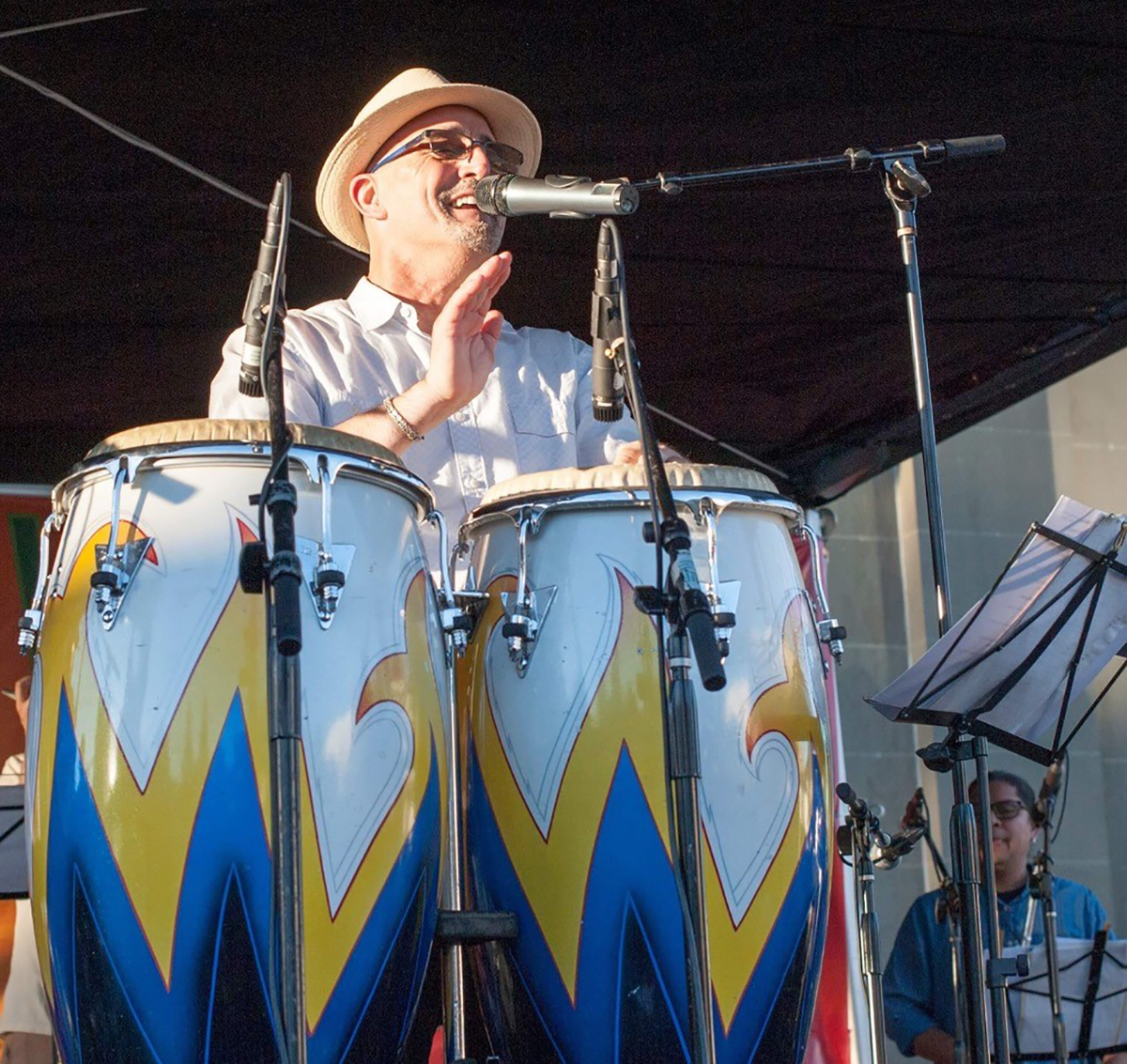by Jon Rappoport
Subscribe to my substack. As I keep saying, it costs less than one breakfast a month at an old diner off the highway in 1990.
Here is the background for the podcast:
No more excuses for the Biden administration.
They—and many Republicans—are way past the point of “making mistakes.” They’re forcing the economy to tank.
That’s what they want.
You can’t take over an economy that’s thriving and lifting most boats. You have to drive it down, radically weaken its supports—and then step in, blame various scapegoats, and claim there is no way out of the crisis unless the government intervenes and enacts “a new deal.”
That new deal will involve some version of fixing prices of goods, wage “supports” and freezes, and control of key industries.
That’s where this is going. That’s the plan.
Climate change non-science is being deployed as one of the justifications—and there is a salad of verbiage about “a transition to a green economy.”
Which is, of course, baloney, because right now there are no alternative options for energy that can supplant oil.
Instead, poverty will deepen. Drastically.
The suicidal policies of this administration needed a man in the Oval Office who was so sold out, so mentally compromised, he could be induced to go along with the horror show.
Any person who can’t see that is whistling in the dark and holding a gun to his own head and telling himself a fairy tale about saving the planet.
And I’ve noticed that certain alternative news sites, who would ordinarily be blowing the trumpet for a transition to greenness, have recently shut up about it.
They see the handwriting on the wall. It’s not just theory anymore. The criminals in Washington are actually DOING it, and without a safety net in the form of viable non-oil energy. They have no safety net.
They intend to impose low, lower, and lowest energy production and energy use quotas on everybody. That’s the technocratic foundation for the future, and the future is sitting there in front of us now.
“Well, you see, while we bring solar and wind on line to replace oil, we’ll have to portion out available sources of energy…”
This is all about control of society at the top—consolidated and intensified. Call it socialism. Call it anything you want to. Labels don’t matter. The people who want tyranny and can impose it are killers.
They’ve been with us since people lived in caves. Now they believe they have the means to control, not hundreds or thousands, but millions and billions of humans.
Climate change, open borders, critical race theory, transgenderism, gun control, censorship, inflation, COVID fraud, toxic vaccines—these “inserts” all function to drastically weaken and cripple the nation and also serve as massive distractions while the sociopaths harden their power.
ENERGY is their number one target. Put a chokehold on energy and money and you run the world.
Every conceivable strategy to decentralize those two powers will throw a monkey wrench into their plan.
—In the podcast, I’ll be talking about solutions that could decentralize those powers.
Then I’ll take up the current proposal for a debate about the existence of the “COVID virus,” and show how one side of that debate has a massive misconception about real science.
I’ll explain how science should be done; and why the terms of the debate are much simpler than they imagine.
I’ve been around the block on this basic issue a few hundred times in the last 20 years; and I’ve been through all the whys and wherefores.
I’ve explored other versions of the debate, and I’ve seen the holes in the ways the debates have been framed.
I’ll lay it all out very clearly. I’ll explain what a real debate would look like.
Join me on the podcast!
— Jon Rappoport is The author of three explosive collections, THE MATRIX REVEALED, EXIT FROM THE MATRIX, and POWER OUTSIDE THE MATRIX, Jon was a candidate for a US Congressional seat in the 29th District of California. He maintains a consulting practice for private clients, the purpose of which is the expansion of personal creative power. Nominated for a Pulitzer Prize, he has worked as an investigative reporter for 30 years, writing articles on politics, medicine, and health for CBS Healthwatch, LA Weekly, Spin Magazine, Stern, and other newspapers and magazines in the US and Europe.









